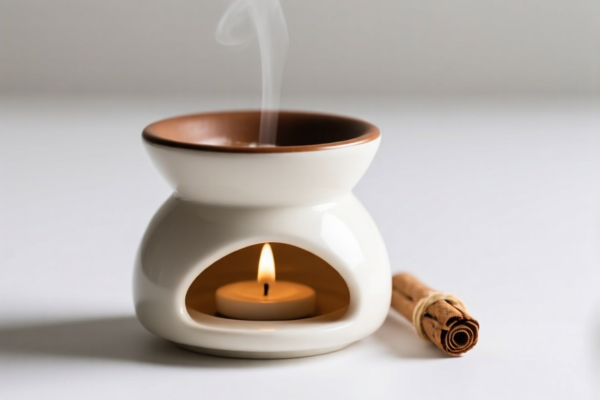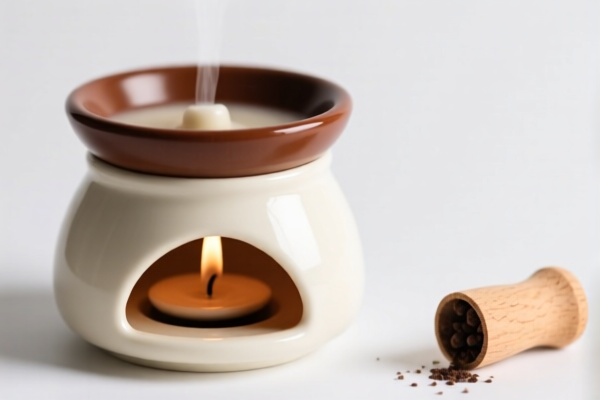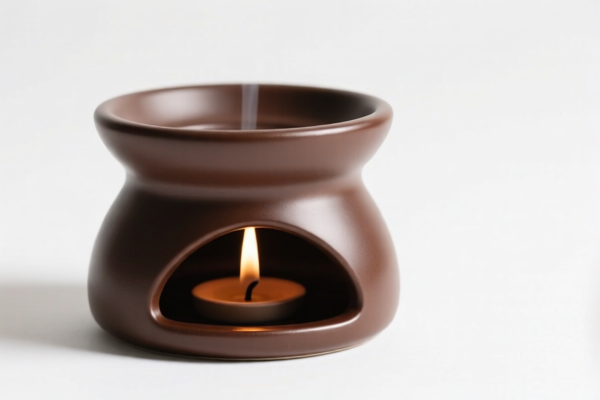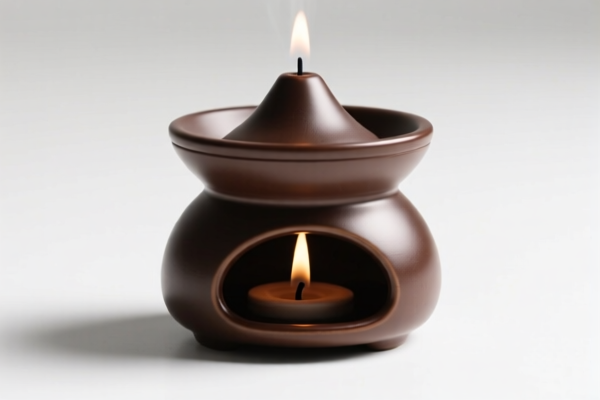| HS Code | Official Doc | Tariff Rate | Origin | Destination | Effective Date |
|---|---|---|---|---|---|
| 3406000000 | Doc | 37.5% | CN | US | 2025-05-12 |
| 1506000000 | Doc | 57.3% | CN | US | 2025-05-12 |
| 9405502000 | Doc | 57.9% | CN | US | 2025-05-12 |
| 9405502000 | Doc | 57.9% | CN | US | 2025-05-12 |
| 3105900050 | Doc | 55.0% | CN | US | 2025-05-12 |
| 3105900010 | Doc | 55.0% | CN | US | 2025-05-12 |
| 9614009890 | Doc | 0.5¢ each + 3%+37.5% | CN | US | 2025-05-12 |
| 9614009810 | Doc | 0.5¢ each + 3%+37.5% | CN | US | 2025-05-12 |
| 9620003090 | Doc | The rate applicable to the article of which it is an accessory+30.0% | CN | US | 2025-05-12 |
| 9620005000 | Doc | 60.3% | CN | US | 2025-05-12 |




Aromatherapy Candles
Aromatherapy candles are candles infused with essential oils and other natural fragrances for therapeutic benefit. They differ from standard candles, which primarily focus on illumination, by emphasizing the scent's impact on mood and well-being.
Material
- Wax: Common wax types include:
- Soy Wax: A natural wax derived from soybean oil, known for cleaner burning and longer burn times.
- Beeswax: A natural wax produced by honeybees, offering a subtle honey scent and air-purifying properties.
- Paraffin Wax: A petroleum-based wax, generally less expensive but can release more soot and potentially harmful chemicals.
- Coconut Wax: Derived from coconut oil, offers excellent scent throw and a slow, even burn.
- Palm Wax: Derived from palm oil, known for its crystalline appearance, though sustainability concerns exist.
- Essential Oils: These are concentrated plant extracts responsible for the therapeutic scent and benefits. Common examples include lavender, chamomile, eucalyptus, peppermint, and sandalwood.
- Wicks: Typically made of cotton or wood. The wick material and size influence the burn rate and scent throw.
- Fragrance Oils (Synthetic): Some candles use synthetic fragrance oils instead of or in addition to essential oils. These are typically less expensive but do not offer the same therapeutic benefits as essential oils.
Purpose
The primary purpose of aromatherapy candles is to provide aromatic experiences that promote:
- Relaxation: Scents like lavender and chamomile are used to reduce stress and anxiety.
- Mood Enhancement: Citrus scents can be invigorating, while vanilla can create a comforting atmosphere.
- Improved Sleep: Certain scents, such as lavender and sandalwood, can promote restful sleep.
- Focus and Concentration: Peppermint and rosemary can enhance mental clarity.
- Air Purification: Some essential oils, like tea tree and eucalyptus, possess antimicrobial properties.
Function
Aromatherapy candles function by:
- Scent Diffusion: The heat from the flame melts the wax, releasing the essential oils into the air.
- Therapeutic Effect: The scent molecules interact with the olfactory system, triggering responses in the brain associated with mood, memory, and well-being.
- Ambiance Creation: The candlelight itself contributes to a calming and relaxing atmosphere.
Usage Scenarios
- Meditation and Yoga: To enhance focus and relaxation during practice.
- Bathrooms: To create a spa-like atmosphere during bathing.
- Bedrooms: To promote restful sleep.
- Living Rooms: To create a welcoming and calming environment.
- Home Offices: To enhance focus and concentration.
- Stress Relief: Used during times of stress or anxiety.
Common Types
- Single-Scent Candles: Feature a single essential oil, providing a focused therapeutic benefit.
- Blended-Scent Candles: Combine multiple essential oils to create a complex aroma and synergistic effect.
- Container Candles: Poured into jars, tins, or other containers.
- Pillar Candles: Freestanding candles that do not require a container.
- Taper Candles: Tall, slender candles often used for decorative purposes.
- Votive Candles: Small candles typically burned in votive holders.
- Scented Tealights: Small candles in metal or plastic cups, often used in warmers.
Aromatherapy candles are typically composed of wax, often with added fragrances for therapeutic purposes. They are used for creating ambiance, relaxation, and scenting spaces. Based on the provided information, the following HS codes may be relevant:
-
3406000000: This HS code covers candles, tapers, and the like. This is a broad category encompassing various types of candles, including those used for aromatherapy.
- 34: Chapter 34 relates to soaps, organic surface-active agents, washing preparations, cleaning preparations, preservatives for washing and cleaning purposes, perfumery, cosmetic or toilet preparations.
- 06: Heading 06 specifically covers candles, tapers and the like.
- 000000: This further specifies all types within this category.
- Tax Details: The base tariff is 0.0%, with an additional tariff of 7.5%. After April 2, 2025, the additional tariff increases to 30.0%, resulting in a total tariff of 37.5%.
-
9614009890: This HS code covers smoking pipes (including pipe bowls) and cigar or cigarette holders, and parts thereof: Other: Other Other. While not directly candles, if the aromatherapy candles are presented in a decorative holder resembling a pipe, this code could be considered.
- 96: Chapter 96 covers miscellaneous manufactured articles.
- 14: Heading 14 specifically covers smoking pipes, cigar or cigarette holders, and parts thereof.
- 009890: This further specifies "Other: Other Other" within this category.
- Tax Details: The tariff is 0.5¢ each + 3%, with an additional tariff of 7.5%. After April 2, 2025, the additional tariff increases to 30.0%, resulting in a total tariff of 0.5¢ each + 3% + 37.5%.
Regarding HS code 3406000000, please note the change in additional tariff rates after April 2, 2025. It is crucial to confirm the exact composition of the candles, as variations in materials might necessitate a different HS code classification.
Customer Reviews
No reviews yet.